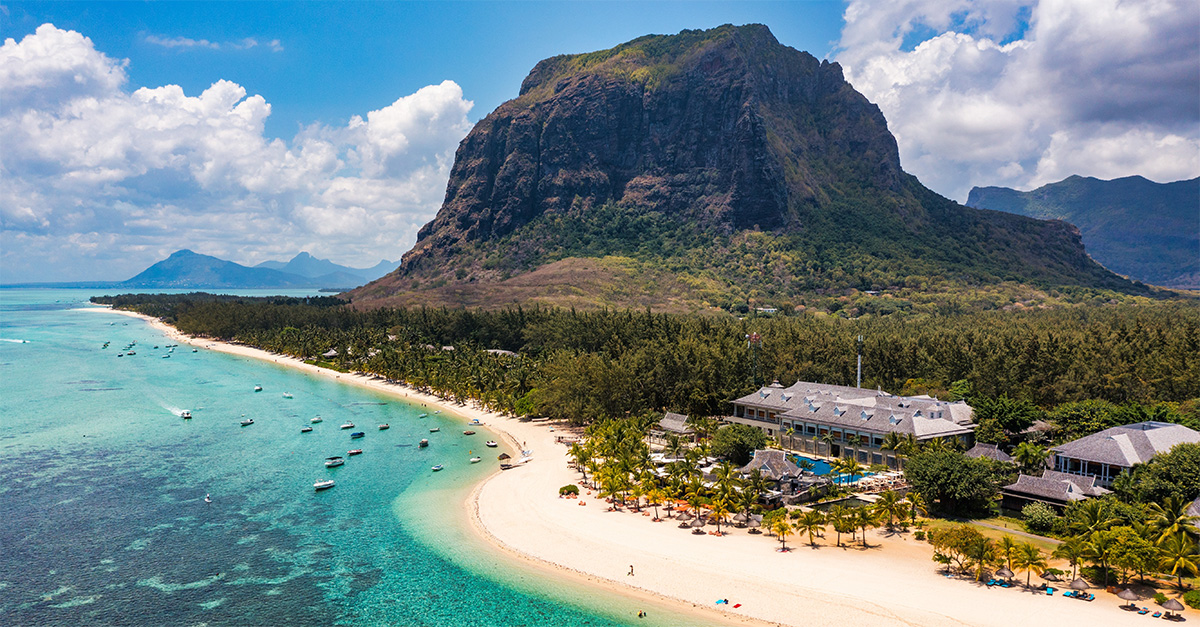Ancient tradition meets modern metropolis in China’s capital, and a new-generation hotel embodies the best of both, finds Rachel Roberts.
Click here to download and save as a PDF.
When the first sections of the Great Wall were built along China’s northern border more than 2,000 years ago, it was to keep marauding Mongolians out. Today, it’s hard to keep up with the country’s astonishing expansion.
Unofficial estimates put Beijing’s population above 21 million, and experts predict that by 2050 the city could be home to more than 50 million people. With the signing of a landmark open-skies airline deal late last year, direct flights from the UK to China are set to rise from 100 to 150 per week, meaning British tourists are likely to nudge up that population.
So what’s the best way to explore this enormous city? The 2008 Beijing Olympics thrust the ex-communist capital on to the world stage and since then further infrastructure and cultural shifts have made the city much more traveller-friendly.
But beyond obvious attractions such as the Forbidden City and the Great Wall, this sprawling industrial metropolis – two-and-a-half times the area enclosed by London’s M25 ring road – can intimidate even the most‑seasoned traveller.
“With the signing of a landmark open-skies airline deal late last year, direct flights from the UK to China are set to rise from 100 to 150 per week.”
That’s where the choice of hotel matters most. New opening Hotel Jen – part of Shangri-La’s mid-range ‘urban adventurers’ brand – offers a modern, millennial-oriented base to come back to after a day exploring the city’s ancient landmarks or getting caught up in its teeming crowds.
With the motto ‘leave boring behind’, the hotel blurs the line between business and pleasure thanks to a sleek design and fun social media-savvy touches alongside a good location in the Central Business District. Shoppers are catered for – Hotel Jen is joined to the China World Mall with its haul of high-end designers – while fitness fans and foodies take full advantage of its urban-chic fitness centre and on-site microbrewery. It’s China, but not as you’ve ever seen it before.
With the accommodation sorted, travellers can then throw their full energy into embracing Beijing’s essential must-sees.
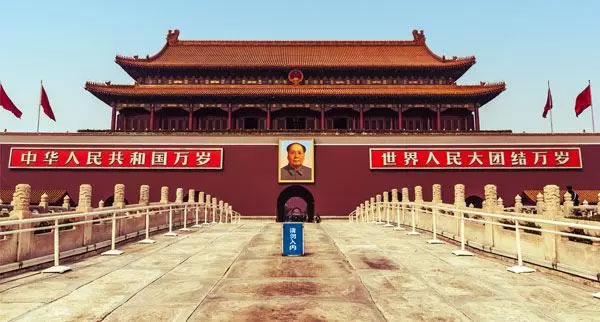
The Forbidden City and Tiananmen Square
A visit to this pair of classic tourist attractions – within a stone’s throw of each other – is truly like taking a walk back through history. Set in the Dongcheng district, the huge cavernous space of Tiananmen Square was etched on the world’s consciousness in 1989 by the infamous Tiananmen Square massacre. Memories of the armed suppression of a pro-democracy movement still create a sombre atmosphere here, but the vast square contains many of the city’s most important buildings and monuments, including the Great Hall of the People and the Mausoleum of Mao Zedong.
“The red-roofed wooden palaces, guarded by time-weathered Ming-dynasty bronze lions, make for a magnificent sight.”
It was named after the Tiananmen, or Gate of Heavenly Peace, which leads to the Forbidden City. Security is strict and tourists must show passports to enter the vast compound. There are more than 9,000 rooms in the former residences of three royal dynasties, and the red-roofed wooden palaces, guarded by time-weathered Ming-dynasty bronze lions, make for a magnificent sight. Somewhat disappointingly, the 80,000 daily visitors can no longer enter the six main temples within the Unesco World Heritage Site, but they can still peer in to see the impressive thrones where emperors would have greeted visitors, and gaze up at the exquisite dragon carvings on the palace roofs, positioned to ward off evil spirits and enemies.
Entrance tickets, around £7, must be booked in advance.
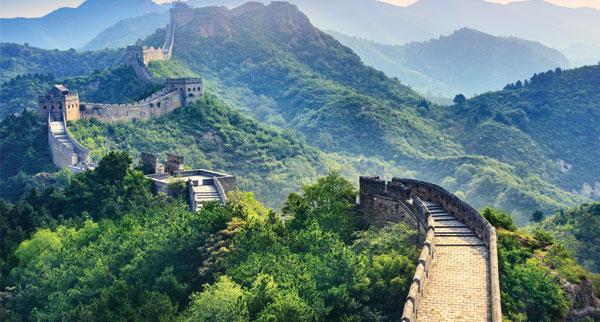
The Great Wall
We visited this world-renowned landmark on a cold day, when the mercury plummeted to -10C and tourists were ‘rarer than panda sightings’, according to our guide. Stretching across thousands of miles of China’s northern flank, there are several sections accessible to visitors, including Mutianyu Great Wall, considered one of the best‑restored sections.
The drive through Beijing to get there, navigating congested 12-lane highways, is an experience in itself. Access to the wall, which traces the crests of the hilltops, is by shuttle bus, small cable car or open chairlift, and there’s an option to descend by toboggan.
“Stretching across thousands of miles of China’s northern flank, there are several sections accessible to visitors, including Mutianyu Great Wall.”
An added extra for those riding the cable car is spotting the names of famous people who have hitched a ride in the orange pods. These are emblazoned on the outside and include former first lady Michelle Obama.
Ascent by cable car and return by toboggan tickets are around £9. It’s worth noting the last section of the wall is deceptively steep, and may be too strenuous for older or less-fit travellers.
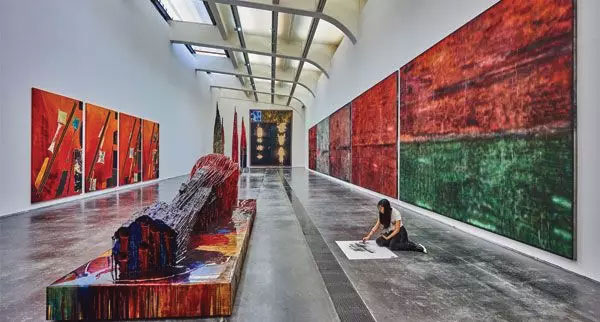
798 Art Zone
Set in a decommissioned Mao-era factory complex, this impressive art hub showcases the city’s edgy, creative side. Indeed, some would argue that the area itself, a steampunk-esque vision of hangars, hissing pipes and a stationary locomotive, is art in itself, before even setting foot in any of the myriad galleries here.
The place also offers lots of cool cafes and coffee houses, which are perfect pit stops for those planning a few hours here.
“Highlights include the 798 Art Factory, where Chinese and international art exhibitions are installed in a hangar-like space amid concrete pillars.”
Ucca is one of the big noises, with its immense exhibition halls and super-cool design store. Other highlights include the 798 Art Factory, where Chinese and international art exhibitions are installed in a hangar-like space amid concrete pillars bearing 1950s Maoist slogans; and Sui Jianguo’s quirky open-air sculpture featuring a surreal stack of caged dinosaurs.
Agents should note that some galleries, including Ucca, charge for entrance and many are closed on Mondays. Navigation of the area is helped by the many English signboards.
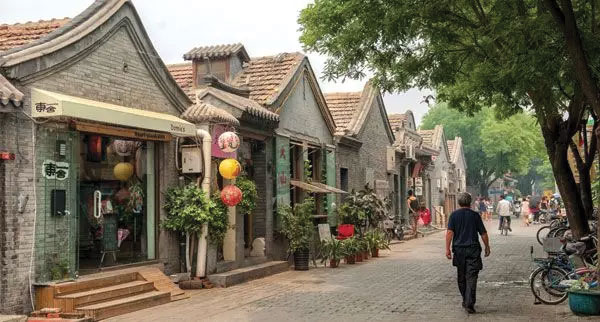
Hutong Tour
Hutongs are the mazes of traditional one-storey brick buildings and courtyards that once covered the entire city, and are now scattered throughout the capital. A rickshaw ride through the atmospheric narrow streets feels a world away from the skyscrapers of the CBD, and many tours include a visit to a hutong dweller or business owner. Ours, with local operator the China Culture Center, offered the chance to meet the Yuan family, who produce and sell delicate hand-cut paper art. Prices average around £35 each for groups of eight.
Tea-tasting ceremony
Tea production originated in China and cha dao, the art of preparing and making tea, is an important part of the culture. We visited Dr Tea, a traditional-style tea house in the Chao Yang district for a tea-tasting ceremony with a hostess who explains the different properties of the teas, served in tiny cups.
“If you can stomach the fermented tea’s earthy taste, it’s said to regulate blood pressure and is a weight-loss aid.”
The jasmine tea was light and delicate, and said to be good for relieving headaches, while the pu’er tea proved more of a challenge, though if you can stomach the fermented tea’s earthy taste, it’s said to regulate blood pressure and is a weight-loss aid. The tea tasting is free, but be aware that visitors are shown out via an expensive shop and given a fairly hard sell on the teas they’ve just sipped.
Cycling
Pedalling around Beijing isn’t for the faint-hearted, but there are many dedicated bike lanes where you can join locals zipping past gridlocked traffic. Hordes of cyclists are everywhere in the city and dockless bike schemes have flourished in the past year – around 50,000 are on the streets – each with distinguishable colours. Deposits range from around £10 for Bluegogo (yes, they’re cobalt blue) to around £30 for MoBike (grey with red tyres) and all charge about 12p per hour. Set-up is simple, accessed via an app and QR code.
“Hordes of cyclists are everywhere in the city and dockless bike schemes have flourished in the past year – around 50,000 are on the streets.”
The subway is another whizzy way to get around the city. The system was just 32 miles long in 2001 but a massive construction boom took place ahead of the 2008 Olympics. Between 2007 and 2014, Beijing added 235 miles of routes – a length greater than the entire New York City subway system – creating a super-efficient way for tourists to navigate the city. Information kiosks are available in most stations.
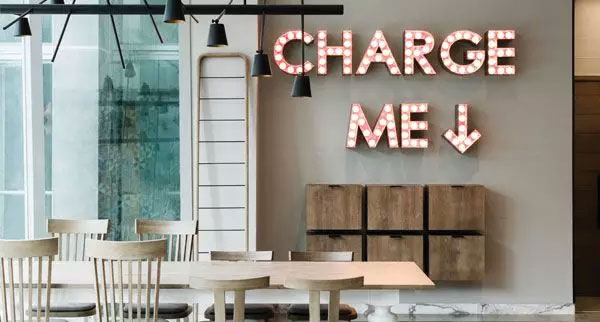
Tried and tested: Hotel Jen, Beijing
Sophistication meets sass at Hotel Jen, which opened last October. The latest addition to the Shangri-La family is firmly aimed at the younger, hip traveller, or the young at heart.
Cleverly, the 450-room hotel has a smattering of social-media-worthy touches, including ‘selfie’ pillows and the uber-cool Trainyard gym featuring a boxing gym and graffiti-style art, so smartphone-toting guests will act as ambassadors, generating an ongoing buzz about the place.
“Every kind of food imaginable is available in the buffet-style San Wu Tang Kitchen, from traditional Chinese dim sum to sushi and European options.”
Guests can also take ‘pop’ dance classes alongside hip young Beijingers working off the stress of city life, or kick back with a cold craft beer in Beersmith Gastropub, serving brews from the hotel’s microbrewery.
Bedrooms feature electric curtains and toilets, complete with heated seats and high-tech bidet settings, adding to the modern-luxe vibe. Plus, every kind of food imaginable is available in the buffet-style San Wu Tang Kitchen, from traditional Chinese dim sum to sushi and European options. And, joy of joys – there’s an ice-cream dispenser!
Book it: Prices from about £100 (low season) for a double room.
hoteljen.com/beijing
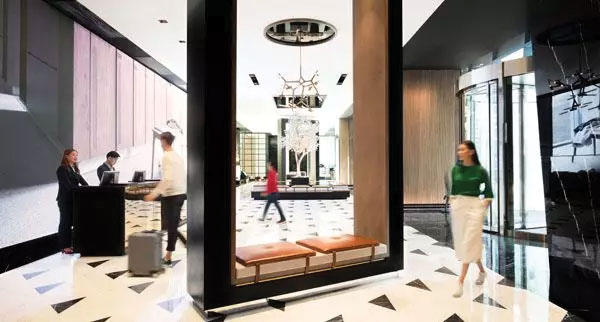
Getting there
We flew business class with Air France via Paris Charles de Gaulle. It’s a super-chic affair, featuring new lie-flat beds and a 1-2-1 cabin configuration so each passenger has direct aisle access. Dining comes courtesy of Michelin-starred chefs.
Air France offers 10 weekly flights to Beijing from eight UK airports. Fares from £388 in economy, £906 in premium economy and £1,980 in business.
airfrance.co.uk
Read more
Experience Chongqing’s natural beauty on an escorted tour in China
Six of the best Silk Road tours
Epic Asia trips for retired travellers

